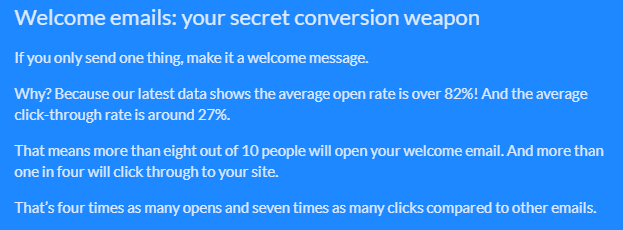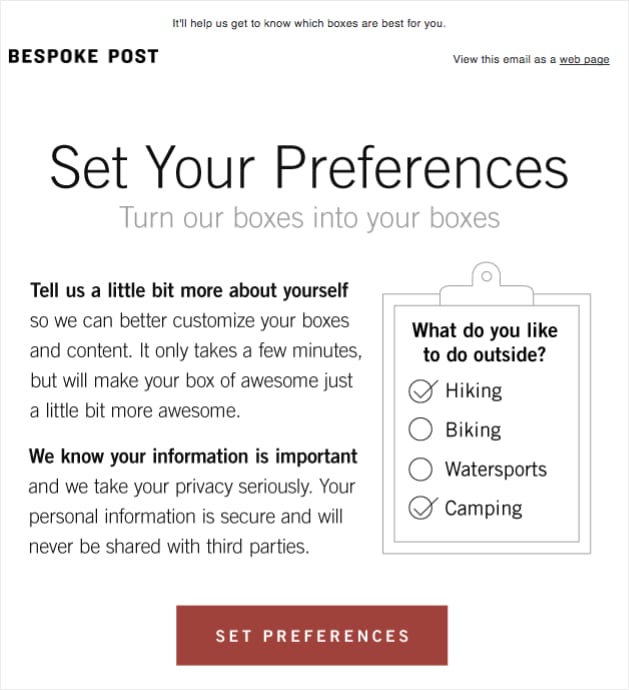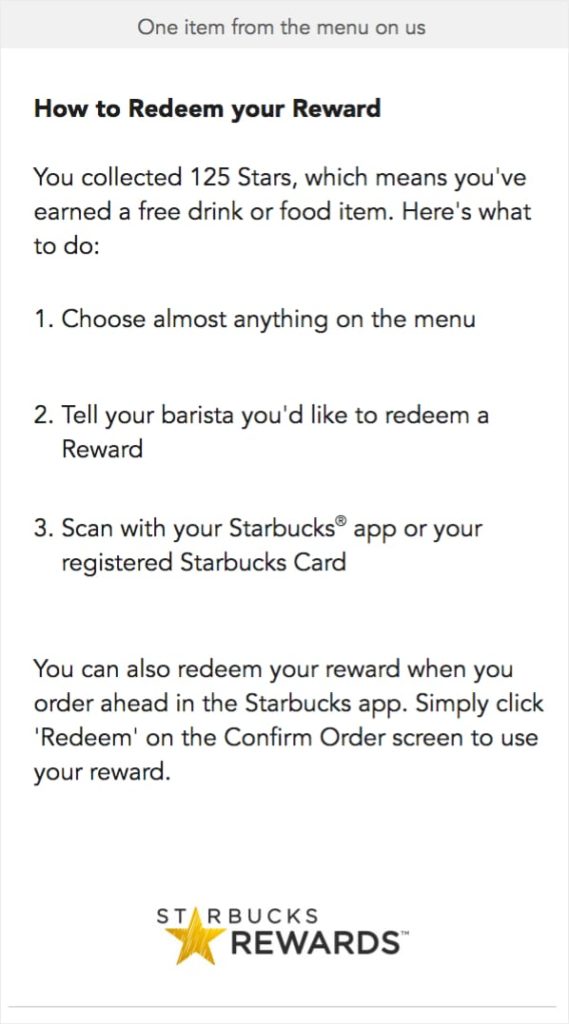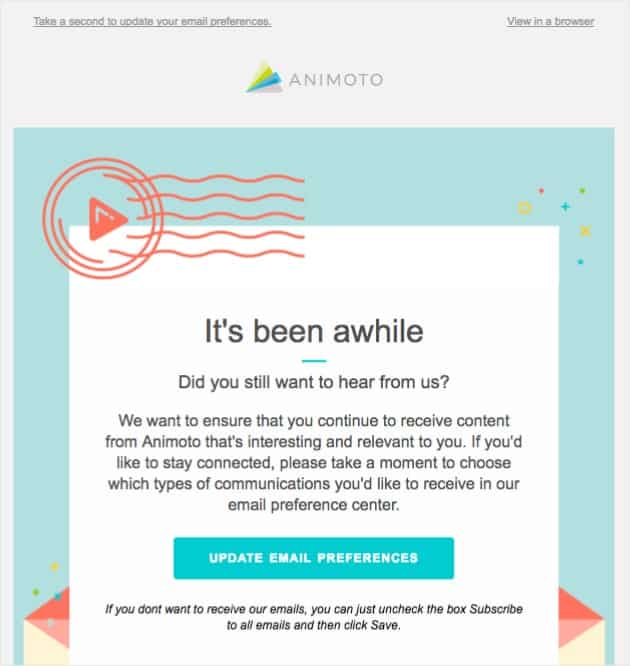Today’s marketers have a veritable marketing arsenal of software tools available to them. Marketing automation tools are often at the heart of any marketing strategy, and it’s helping busy marketers create successful campaigns that are increasing sales and conversions across industries.
As the technology evolves, however, a new perspective is emerging from the marketing automation world. One that’s based on authenticity and in speaking to the people behind the accounts and email addresses.
Marketers know that it’s the relationships behind their campaigns that do the real work, but they got bogged down in the flash of the technology. Many have gotten away from that and set up their marketing automation tools to “just” send emails without thinking about who’s receiving them and how they react to them.
Smart marketers know that marketing automation can help them create successful campaigns while developing authentic relationships with the people they’re sending to. They know it’s more about delivering the right message to the right people at the right time. So they’re starting to use their marketing automation tools to build relationships with their subscribers and customers.
If you’re looking to build and sustain deeper relationships with your customers and subscribers through marketing automation, here are five ways to do it.
How to Build Authentic Customer Relationships with Marketing Automation
Marketing automation tools make it easy to skip the relationship-building part. With these five tips, you can ensure to develop authentic customer relationships without a lot of extra time and effort.
1. Always Send a Welcome Email Series
A welcome email series is one of the most effective types of marketing you can do with an automation tool. It puts you in touch with subscribers and customers immediately after they subscribe or buy from you, and gives you a way to set expectations for the rest of your interactions.
When people sign up for your emails, they’re signaling their interest in your content. Why wouldn’t you send them a quick welcome email to thank them for giving you space in their inbox? This is when their interest and engagement with your brand are at their highest, and a welcome email can maintain that feeling.
And people like welcome emails. – A lot.

Yes, people expect to see a welcome email after subscribing, but they’re nearly always opened. A Get Response report showed that welcome emails got four times as many opens and seven times as many clicks than other emails.
Since they’re the start of the relationship, they’re the perfect place to make a good impression with your subscribers. Your welcome email should:
- Offer something of value as a thank you for subscribing. That could be an exclusive deal or piece of content available only to them.
- Outline the email frequency and what you’ll be sending them. Tell them what topics you’ll be covering, what you expect from them, and how they can get in touch with you.
- Always include relevant content that provides value to readers. Sending helpful articles and tips can establish you as a trusted resource in the industry and keep you top of mind when they have questions.
- Showcase your brand personality. Ann Handley says, “You’re writing a letter, not reporting a five-car pileup on the freeway. Have an opinion. Tell me why I should care.”
2. Automate Content Personalization
One of the best things about marketing automation tools is that they help marketers understand their subscribers and customers to a detail that wasn’t possible before. You can create a fuller picture of who your subscribers are, what they like to read about, what they’re interested in, where they’re located, and what they like to buy from you.
These details help you craft emails and messages that seem like they were written just for each person, deepening the relationship you have with them. A personalized email goes beyond including their name in the salutation and enhances your chances of connecting with them.
Use your marketing automation tool to create segments based on subscriber behavior, such as where they subscribed or the topics they read most about. Then, send email campaigns specific to the segments, such as:
- Product updates
- Similar product recommendations
- Related articles
- Targeted discounts
To gather more information about your subscribers, send them regular surveys like this one from Bespoke Post.

You could also install website tracking software to gather information about what subscribers read on your site and how they engage with it. Add this information to your CRM and base email content on it.
Relevant email content = more engagement with subscribers
And more engagement creates a positive relationship between you and your audience, leading to more conversations and interactions.
3. Track VIP Subscribers
When you make your subscribers and customers happy, they’ll often start selling for you. They feel a sense of loyalty to you and your brand, so they’re eager to spread your messages far and wide.
A loyalty program makes subscribers feel special like they’re part of the “in-crowd.” They’ll feel more connected to you because they’re on the “inside” and always have a positive attitude towards you.
Your marketing automation tool can help you find the right subscribers to invite to your loyalty program. Use a lead scoring workflow inside the tool to identify the subscribers, based on whatever criteria you deem necessary. Once you’ve got the workflows in place, automatically send out invitations to subscribers who meet the qualifications using your email marketing software.
You can double-down on your VIP subscribers by adding an exclusive rewards program to it. Whenever members take an action that benefits you, like making a purchase, writing a review, or sharing your content on social media, automatically send them exclusive discounts and offers. It encourages them to keep coming back and further builds their relationship with your brand.
Starbucks is the king of this with their Star Rewards program. The more you purchase, the more stars you earn, which you can redeem for rewards.

Not only that, but as you keep purchasing, you’ll automatically get more offers. Slow down your purchasing, and the offers slow down too. They use their marketing automation tool to perfection to reward their loyal customers.
4. Reach Out to Less Engaged Subscribers
By now, you’ve seen how marketing automation tools can help you create and improve relationships with your best subscribers and customers. It can also help you reconnect with your less engaged subscribers too.
We’ve all gotten that “we miss you!” email in our inboxes at one point or another. It’s not that we’ve forgotten about the brand or won’t buy from it again. We got busy with life and work that we didn’t have time to stay in touch with.
Your marketing automation tool can help re-engage with these lost subscribers and bring them back. They signed up for a reason back in the beginning, so it’s time to remind them why.
Create an automated workflow in the tool that identifies disengaged subscribers and follows up with them in a genuine way to win them back. Animoto does this wonderfully with their email asking if a subscriber wishes to stay subscribed.

This type of automated email can also help you build out a fuller picture of your subscribers. Ask them to update their content preferences to find out if their interests or needs have changed. Give them a chance to change their email address if they’ve got a better one for you to reach them at.
Sending this email with your marketing automation tool is a great way to win back business, but it also helps you maintain a clean email list. And a clean email list improves your email deliverability. Most email newsletter providers have guidelines for deliverability and may suspend your account if you have high spam or bounce rates. Remove contacts who aren’t opening your emails and stay in the inboxes of those who want to hear from you.
5. Don’t Get Caught Up Thinking About Sales
It’s easy to be so focused on how your marketing automation strategy can grow your business. However, you don’t want to ignore how marketing automation impacts your subscribers too.
That means sending various types of marketing messages and content types to subscribers. Each one should add value in some way and keep the sales talk to a minimum. Talking about sales too much turns many people off and can increase your unsubscribe rate.
Instead, think about how you can add value to your subscribers’ day. For instance, you could send:
- Relevant content to give readers what they need to get the most out of your products.
- Follow up campaigns for existing subscribers about previous topics or emails that’ll boost engagement even more.
- Product reviews to create more informed buyers, whether they buy from you or not.
- Exclusive information that might be of interest to loyal customers or subscribers and help them plan their purchases.
With marketing automation, you can send targeted messages to your subscribers at precisely the right time. This lets you organically create a relationship with subscribers and customers because you’re responding to their specific actions or words.
You’ll save time and effort in executing your marketing strategy while creating and developing the human relationships that’ll sustain your brand and business. Marketing automation is a dynamic tool that’ll help you keep up with customer behavior as it happens.
DepositPhotos – customer relationships


